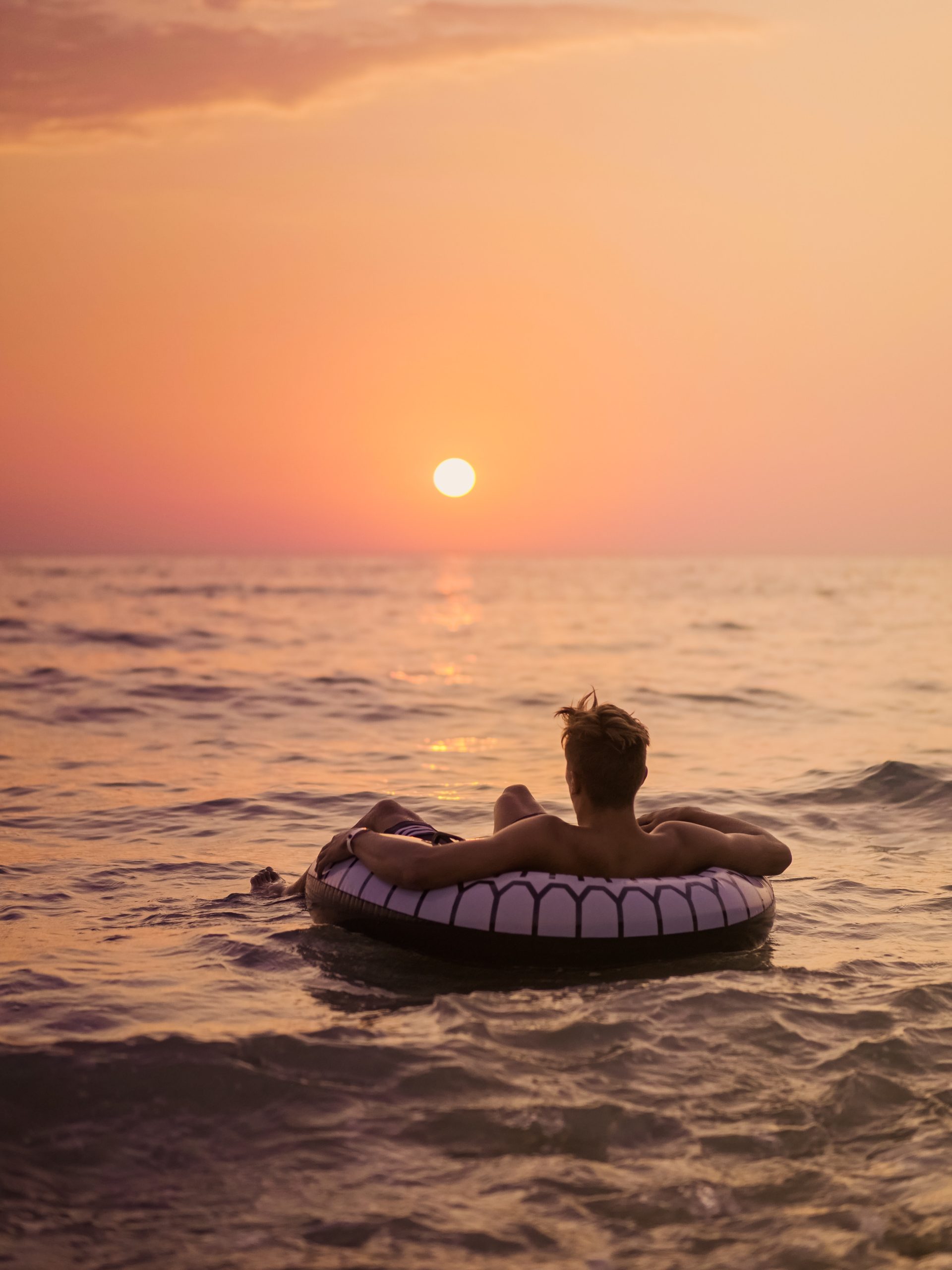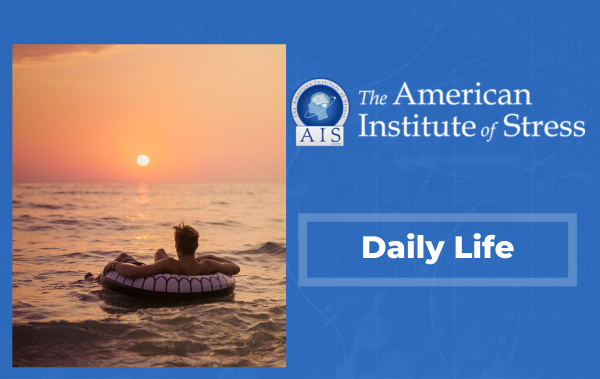 Summer is a time of year that’s synonymous with relaxation. The warm air and glowing sun of summer helps people to relax and take some time away from work to smell the roses. Or so it may seem.
Summer is a time of year that’s synonymous with relaxation. The warm air and glowing sun of summer helps people to relax and take some time away from work to smell the roses. Or so it may seem.
According to the U.S. Travel Association, Americans accumulated 705 million unused vacation days in 2017. That’s 43 million more unused vacations than the year prior. Americans’ neighbors to the north seem to be following suit, as a 2018 survey from ADP Canada found that only one in three Canadian workers use their two weeks’ of vacation each year.
Unused vacation time may be having a more adverse effect on workers than they know. The American Institute of Stress notes that various studies have shown that job stress is a major and primary source of stress for American workers. When workers don’t use their allotted vacation time, they never get a break from that stress, allowing its effects to accumulate and put their long-term health in jeopardy.
The arrival of summer presents a perfect opportunity for professionals to take some time off from work and focus on reacquainting themselves with relaxation. The following are various practices that can help people relax, courtesy of the NorthShore University Health system.

Breathing
Healthy breathing techniques can help the body take in more oxygen, which can relieve anxiety, slow the heart rate and stabilize blood pressure. Deep breathing exercises can teach people how to control their breathing.
Meditation
Various forms of meditation can be employed to help people alleviate stress. Meditating for as little as five to 10 minutes can be effective. The Synchronicity Foundation for Modern Spirituality notes that meditating for as long as you feel comfortable, whether it’s 10 minutes or an hour, can be effective, and that it’s even possible to meditate too much. The group advises paying attention to your meditation tolerance and set aside enough time to benefit from meditation without overdoing it.
Yoga
Many people find yoga to be great exercise for the body and an excellent way to alleviate stress. Combining various poses with breathing exercises, yoga can relax the mind and promote flexibility in the body. That latter benefit can be especially useful for people whose muscles tighten as a result of stress.
Visualization
Visualization involves participants imagining relaxing settings and focusing on their details. The goal of visualization is eliminate stressful thoughts and calm the body.
Summer is a time of year that’s synonymous with relaxation. It also marks a great time for people dealing with stress to embrace various relaxation techniques that can help them reduce their stress and restore their energy levels.





